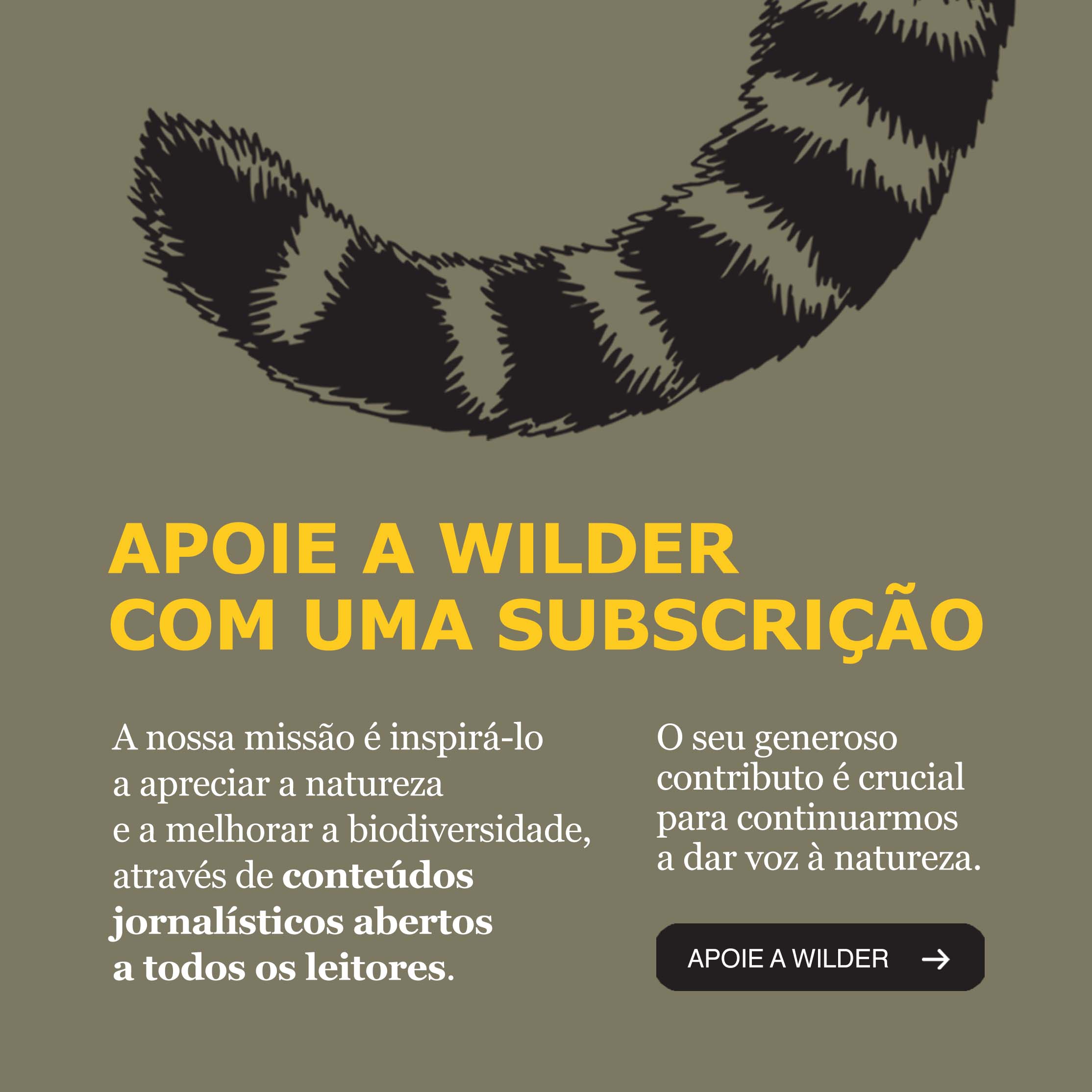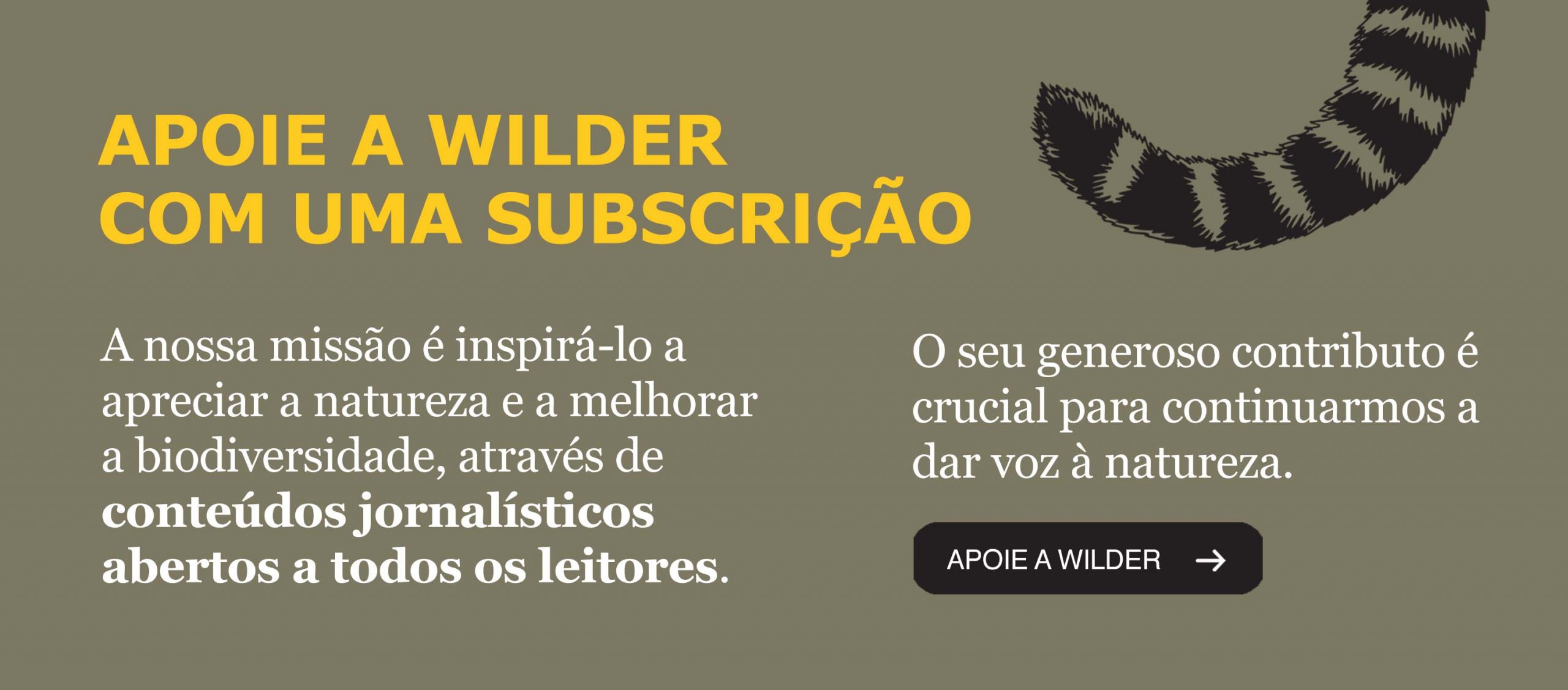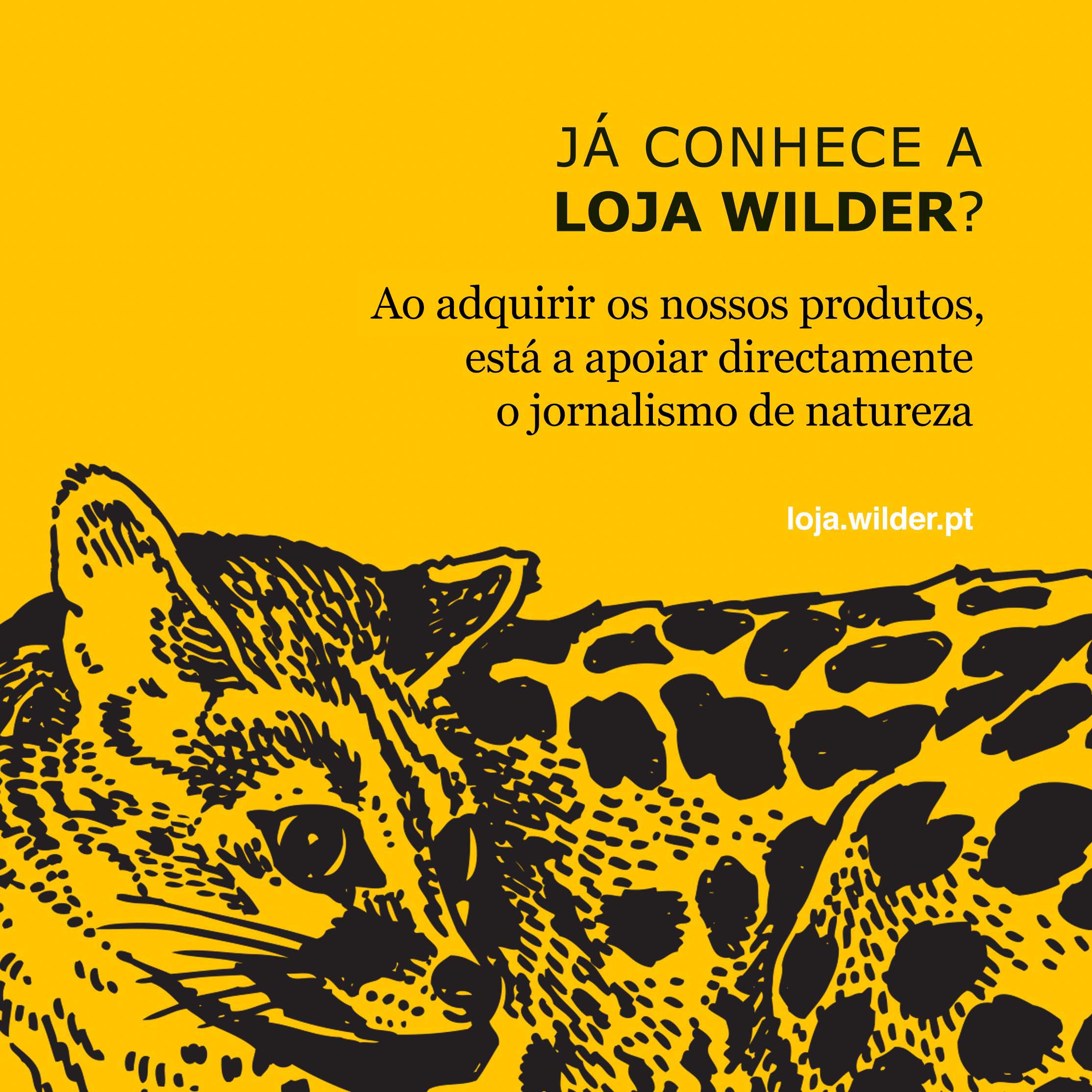Seating by the sea, with his watercolours, Francisco Hernández came from Spain to draw and paint the Vicentina Coast, in the South of Portugal. This nature sketcher fell in love with this place 15 years ago. Now he has returned with a mission: show the wild beauty of this wonderful spot of the Iberian Peninsula.
Francisco Hernández, 45, lives in a village near Seville, Spain. He visited Vicentina Coast for the first time in 2000. In May he came back and spent four days drawing the cliffs, the ocean, the landscape and olive trees and fig trees interlacing their branches.
Wilder: Why have you decided to visit Vicentina coast back in 2000?
Francisco Hernández: I draw and paint wildlife for a living and with my pencils and watercolours I’m especially interested in gather moments, sensations and impressions of the natural places that catch my eye.
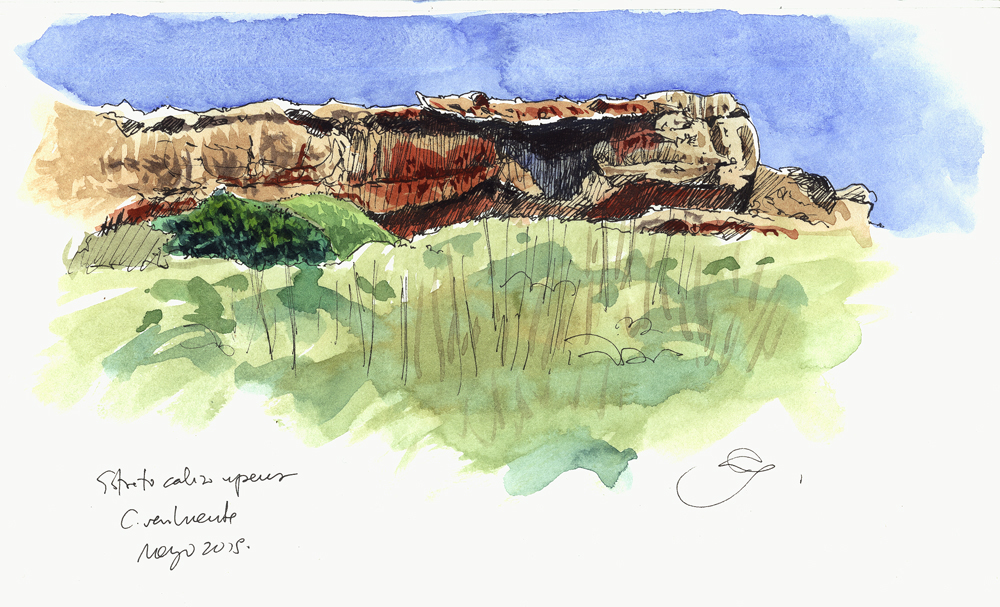
W: What was your first impression of the Vicentina Coast?
Francisco Hernández: I remember very vividly the cliffs and the wild beaches North of Saint Vicent Cape, the sea birds passing by very close to the shore and peregrine falcons (Falco peregrinus) hunting above the big cliffs. I remember, above all, a living coast in every aspect. But I knew that was just the tip of the iceberg of all the beauty of this Atlantic coast. And I knew one day I would come back. It took 15 years though…
W: And now where have you been drawing?
Francisco Hernández: I spent more time drawing in Prainha das Poças (Sagres), Telheiro, Ponta Ruiva and Praia Boca do Rio, near Almádena Fort (Vila do Bispo).

W: What did you enjoy the most?
Francisco Hernández: I visited Vicentina Coast in May, when all the flowers of the Mediterranean vegetation where in bloom. Its diversity was amazing. It was a mosaic of colour and life as I have never seen in any other place.
The flowers of these cliffs have a beauty of it own. A species of Armeria was especially beautiful, I think. I also found amazing the mixture of colour and the scents of gum rockrose and thyme and the shapes of the vegetation, subdued by the strong winds brought by the sea.
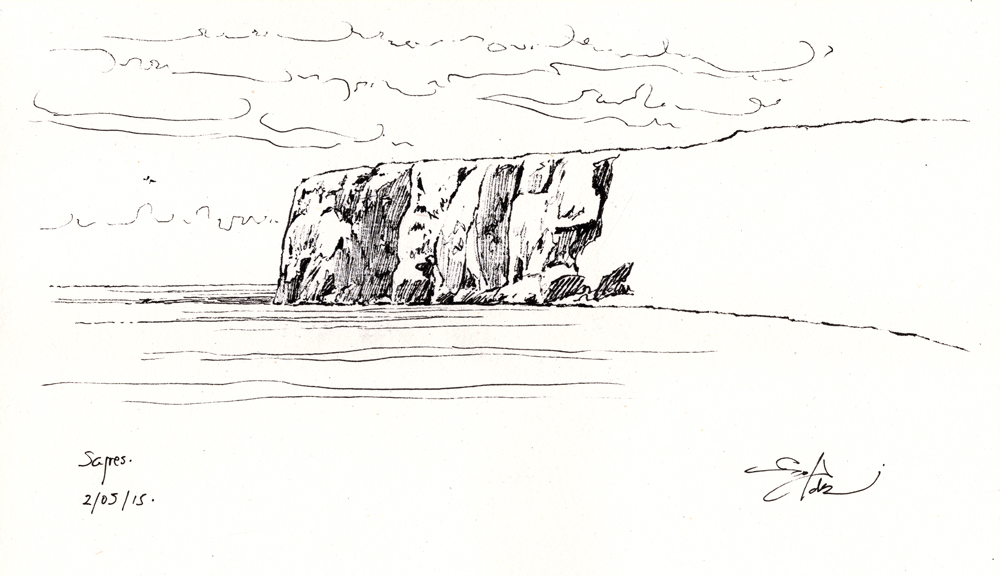
But for me this coast has another highlight: the beauty of the rocky cliffs, with its purple, orange, green and white hues and limestone layers. In some places we can see fresh water sprouting from the cliffs, passing by the plants that insist on living in damp crevices. And down there huge blocks of rock have crashed and lie by the ocean, enduring the power of the waves.
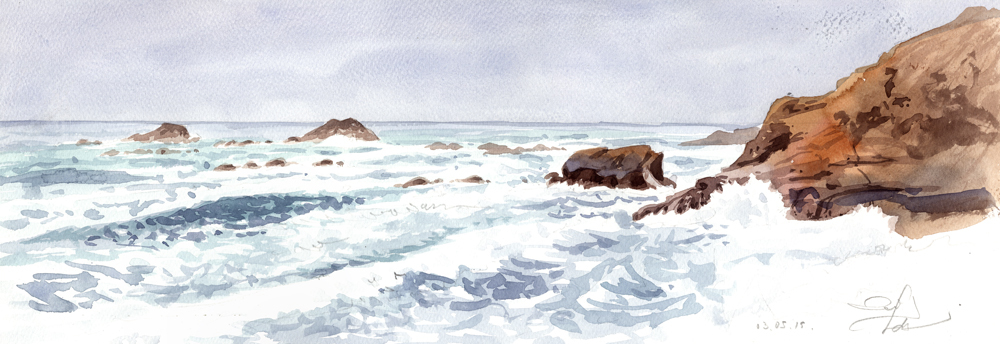
I also enjoyed the waves of the big Atlantic Ocean. This is something that only someone used to the ripple of a more modest sea, such as the Mediterranean, can understand.
And on a wonderful rural landscape, with cereals among olive trees, I saw something that I’ve never seen before. It was a growing field, apparently an abandoned one, where grew, side by side, olive trees and fig trees, so close that their branches interlaced.
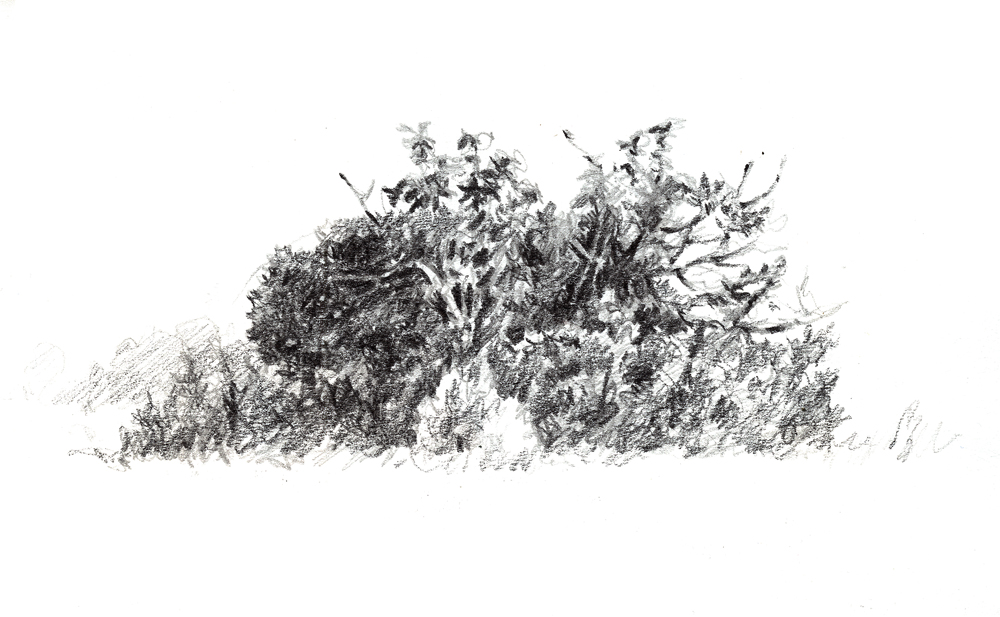
W: With so many inspiring things, what did you chose to draw?
Francisco Hernández: Most of all I drew the rocky cliffs by the ocean. Rocks and all the life that they sustain, such as the flowers and insects, fascinate me. More to the interior I drew branches and twigs of old fig trees and the rural landscape. This time I travelled without my telescope. Therefore I didn’t pay much attention to birds. But still I saw some species, such as the common stonechat (Saxicola torquata), the wheater (Oenanthe oenanthe), the Sardinian warbler (Sylvia melanocephala) and the black bird (Turdus merula). By the sea I was able to spot the Eurasian oystercatcher (Haematopus ostralegus), several seagull species (Larus sspp) and the common kestrel (Falco tinnunculus).
W: Which techniques did you used in your drawings?
Francisco Hernández: I’ve used graphite, ink and watercolours. This one is the technique I’m most confortable with when I want to use colour in field sketching.
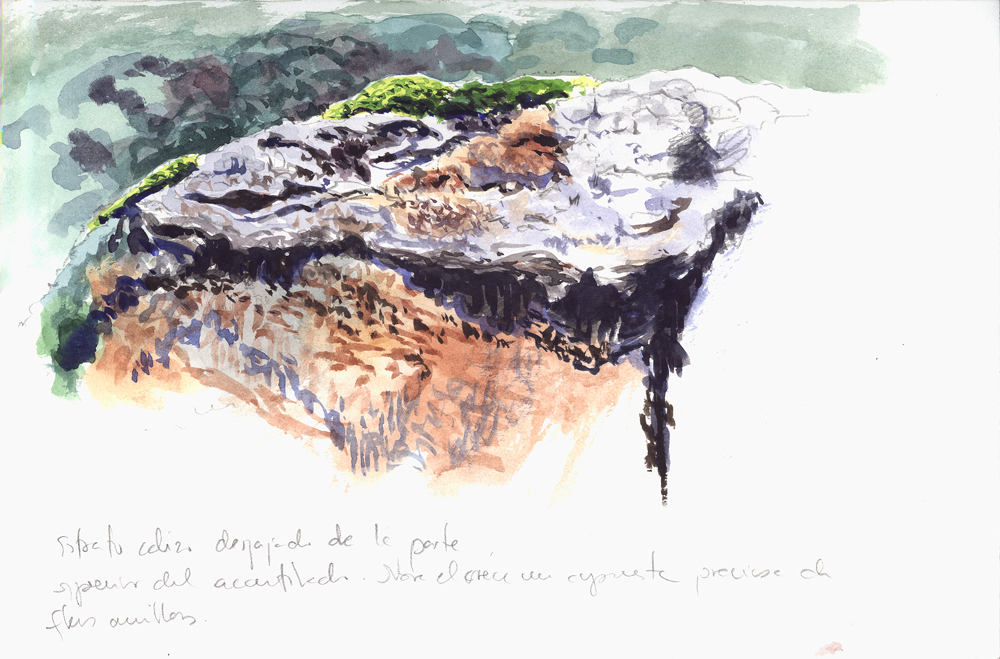
W: What are you going to do with your drawings and paintings of Vicentina Coast?
Francisco Hernández: I would like to visit Vicentina Coast more times in order to complete my collection of drawings and watercolours of that region. It would be the perfect excuse to spend more time there, enjoying and discovering other beautiful places I don’t know yet.
Besides, it would be amazing if I could publish my illustrations in a book of field sketches so as other people get to know the wonderful wild beauty of that region of the Iberia Peninsula. It’s amazing. Perhaps even the people that already know that coast don’t recognize the nature that is hidden at plain sight.
[divider type=”thin”]
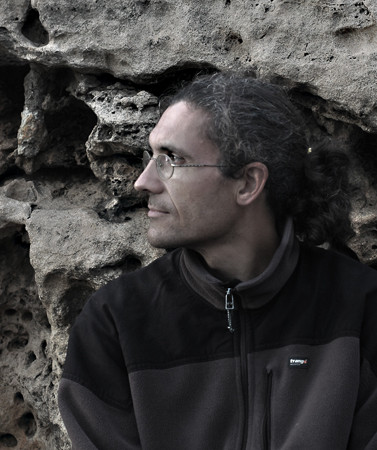
The Spanish nature artist told us what’s the role of nature drawing in his life and how important it may become to anyone. You can read that in here.

